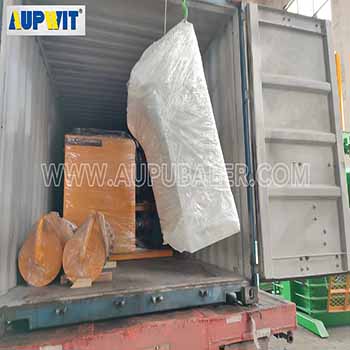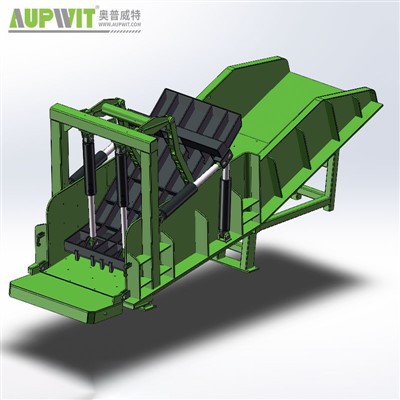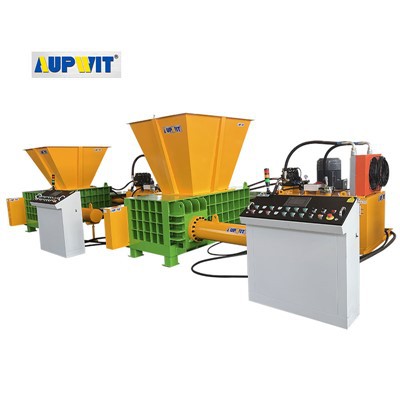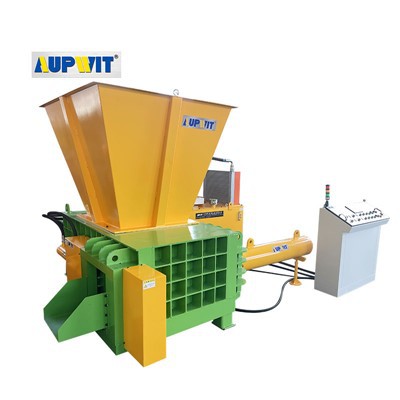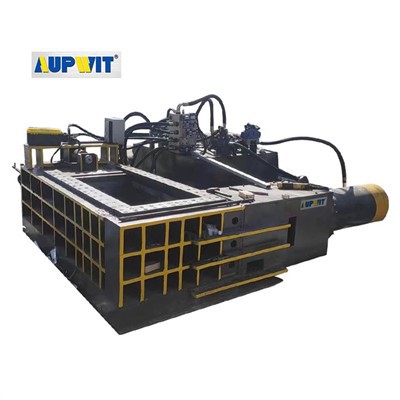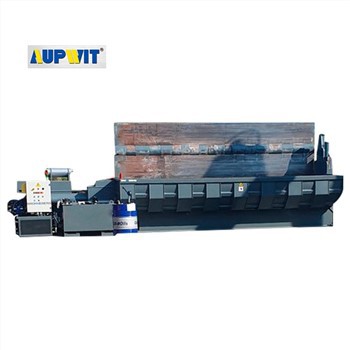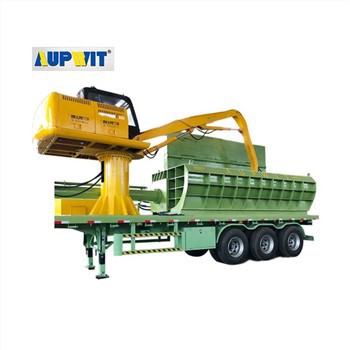The maximum compression force of a horizontal baler is a critical parameter that determines its processing capacity, bale density, and suitability for different materials. Here’s a detailed breakdown:
1. Typical Compression Force Range
-
Standard Models: 50–200 tons (for paper, cardboard, and lightweight plastics).
-
Heavy-Duty Models: 200–500+ tons (for metals, textiles, or dense industrial waste).
2. Key Factors Influencing Force
-
Material Type:
-
Paper/Cardboard: Requires 50–150 tons for optimal baling.
-
Plastics/Foam: Needs 100–250 tons due to material rebound.
-
Metals/Textiles: Demands 300+ tons for high-density bales.
-
-
Bale Size: Larger bales (e.g., 1.2m x 1.5m) require higher force to maintain density.
-
Hydraulic System:
-
Pump Pressure: Typically 2,000–3,000 psi (14–21 MPa).
-
Cylinder Diameter: Larger cylinders generate greater force (e.g., 200mm+).
-
3. How to Verify Manufacturer Claims?
-
Test Standards: Check for ISO 13849 or EN 415 compliance.
-
On-Site Testing: Measure force with a load cell during material compaction.
4. Consequences of Insufficient Force
-
Low Bale Density: Increases transport costs (more trips required).
-
Material Rebound: Loose bales may unravel during handling.
5. Industry-Specific Examples
-
Recycling Plants: 100–300 tons (for mixed waste streams).
-
Automotive Scrap: 400+ tons (for crushed car bodies).
6. Safety Considerations
-
Structural Frame: Must withstand max force without deformation (ASTM A36 steel common).
-
Overload Protection: Hydraulic relief valves prevent system damage.
